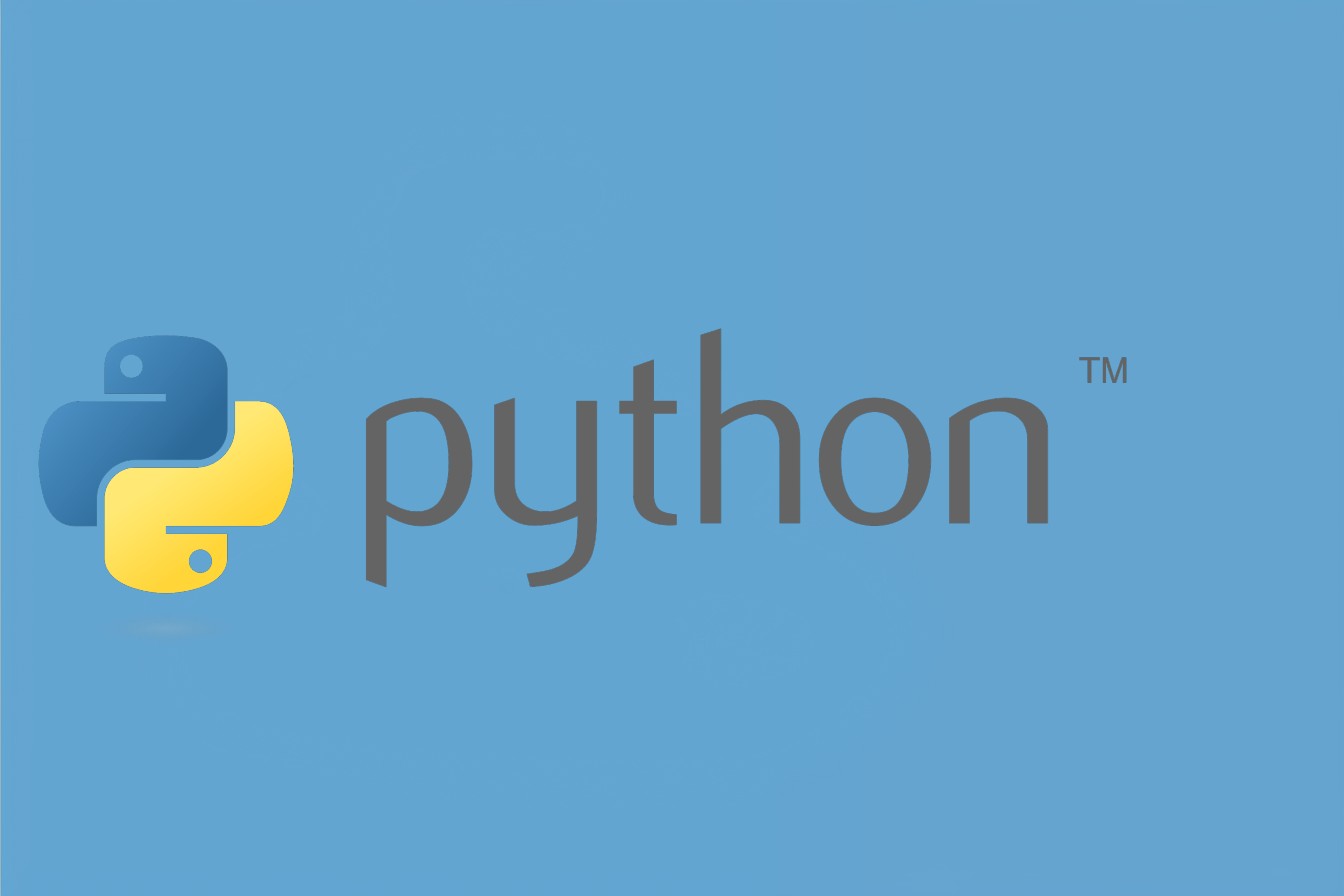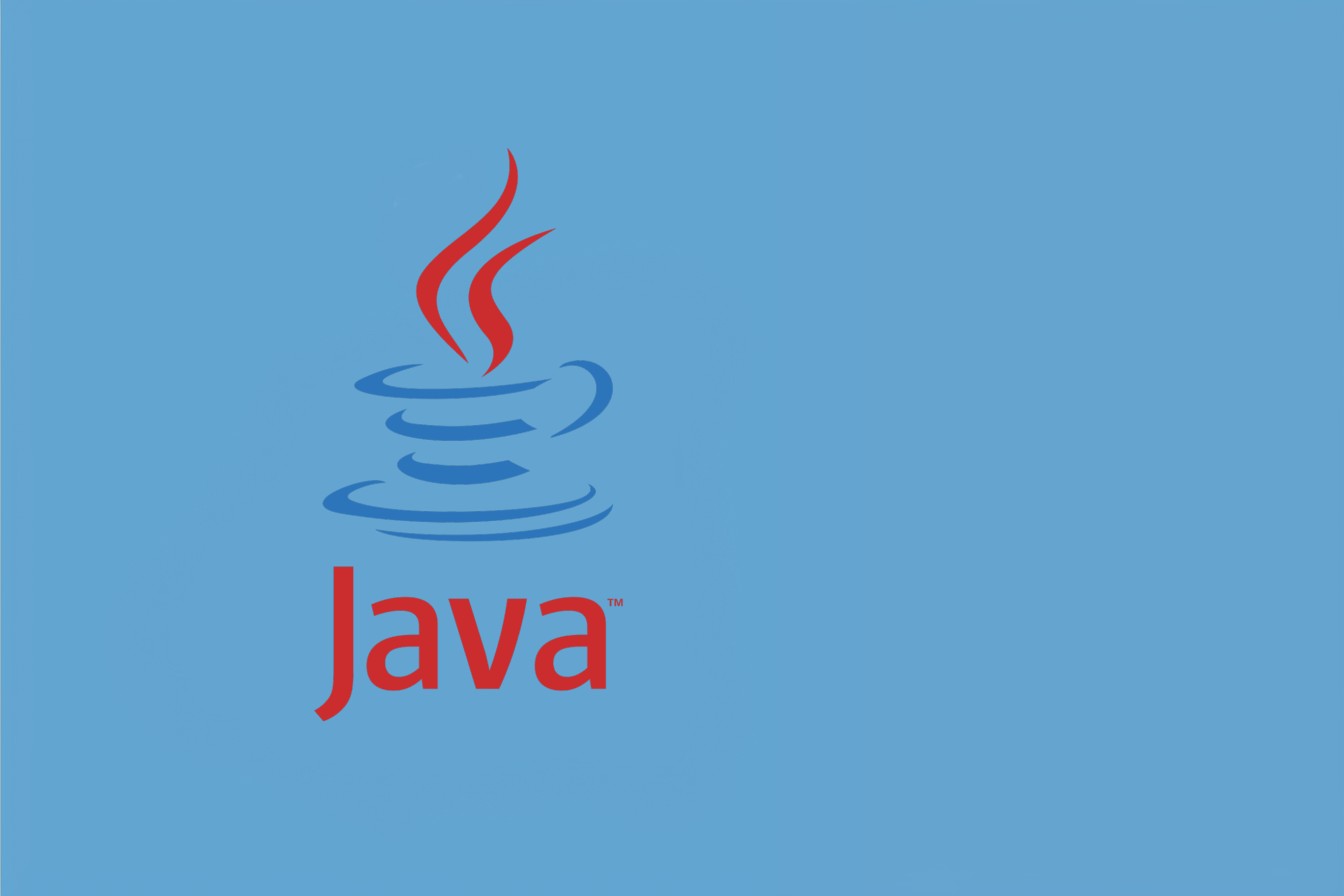The main difference between Java and Python for AI development lies in their approach and suitability for different stages of the project. Python, with its clear syntax and beginner-friendly nature, offers an easier entry point, making it ideal for early stages of AI development. Java, on the other hand, provides a more structured approach with established libraries, leading to a robust and scalable AI system. As reported by Statista, these two programming languages are the top contenders in the AI space.
This article will guide you in choosing between Java vs. Python for AI, ensuring your project is on the optimal path to success.
What is Python: The Agile All-Rounder

Python has carved a niche for itself by focusing on readability and ease of use. Unlike compiled languages, Python code is interpreted line-by-line, making it ideal for rapid prototyping and experimentation. This flexibility is particularly valuable in early development stages, where exploring different approaches and quickly iterating on concepts is crucial. Additionally, Python embraces dynamic typing, eliminating the need for explicit data type declarations for variables. This streamlined approach further accelerates the development process, making Python a popular choice for beginners entering the programming world.
What is Java: The Robust Workhorse

Java, on the other hand, prioritizes stability and performance. Its compiled nature translates code into machine code before execution, resulting in efficient runtime performance. This makes Java development a strong choice for large-scale, mission-critical applications across various industries, not just AI. When dealing with complex software requiring reliability and handling massive datasets, Java’s efficiency ensures your system can handle the demands of real-world use.
Furthermore, Java’s emphasis on static typing promotes code stability and maintainability. Variables must be declared with a specific data type, which helps catch errors early in the development process. This structured approach becomes especially advantageous for complex projects with a long lifespan, as it reduces the need for constant code revisions and ensures ongoing stability. Java’s established presence in enterprise application development also makes it a suitable choice for projects integrating with existing Java-based systems.
Understanding the Differences: Python vs. Java
Python and Java are two development titans, each with its own set of strengths and weaknesses. When choosing amongst them, particularly for AI projects, it is critical to understand how they differ. So, let’s look at five crucial areas of comparison to illuminate their differences.

1. Development speed
- Python: Python is known for its readability and concise syntax. This allows Python developers to write code quickly and iterate faster during the development process. Less time spent wrestling with complex syntax translates to more time focusing on the core logic of your AI model.
- Java: With its stricter syntax and type checking, Java can take longer to write code initially. However, this structure can lead to fewer errors and easier maintenance in the long run. Java’s robust structure can benefit large-scale enterprise applications where stability is mission-critical.
2. Machine learning and AI libraries
- Python: Python boasts a rich ecosystem of libraries specifically designed for AI and Machine Learning (ML). Popular options include TensorFlow, PyTorch, scikit-learn, and Keras. These libraries provide pre-built functions and modules that streamline the development of AI models.
- Java: While Java has libraries for AI development, such as Weka and H2O, they may not be as widely used or beginner-friendly as their Python counterparts. Additionally, Java’s focus on static typing can add extra steps to the development process compared to Python’s dynamic typing.
3. Performance and scalability
- Python: Python is generally considered slower than Java, especially for computationally intensive tasks. However, this isn’t a major concern for many AI projects, particularly in the prototyping or research phase. Libraries like TensorFlow can leverage GPUs to accelerate performance for training models. Additionally, many AI applications are CPU-bound, where Python’s speed disadvantage is less noticeable.
- Java: Java is known for its efficiency and scalability. It’s a solid choice for large-scale, production-ready AI applications where performance is critical. Java applications can handle massive datasets and complex algorithms with minimal performance bottlenecks.
4. Ease of use
- Python: Python’s simple syntax and extensive documentation make it a great choice for beginners. The large and active Python community provides ample resources for troubleshooting and learning. There are numerous online tutorials, courses, and forums dedicated to Python in AI, making it easy to find help and support.
- Java: Java has a steeper learning curve compared to Python. Its verbose syntax and focus on type safety might take longer for beginners to grasp. However, Java’s structured approach can also be beneficial for large development teams, as it enforces coding practices that reduce errors and improve code maintainability.
5. Community and industry adoption
- Python: Python enjoys a massive and active community, particularly within the data science and AI fields. This translates to a wealth of online resources, tutorials, and forums for support. If you encounter a challenge during your AI project, you’re more likely to find a solution or helpful advice within the Python community.
- Java: Java has a large and established industry presence, but its community in the AI space might not be as extensive as Python’s. However, Java remains a popular language for enterprise applications, and its skills are highly sought after in the job market.
Python vs Java for Different AI Project Stages
The previous sections explored the strengths and weaknesses of Python and Java. Now, let’s delve deeper into how these languages can be leveraged effectively at various stages of your AI project lifecycle.
Prototyping and early development:
- Python: During this initial phase, rapid iteration and experimentation are key. Python’s clear syntax, extensive AI libraries (like TensorFlow and PyTorch), and focus on readability make it ideal for quickly building and testing different AI model concepts.
Development and training:
- Python: Python’s strength continues here. Its vast libraries offer pre-built functions and modules that streamline model development and training. Additionally, Python’s dynamic typing allows for faster development cycles.
Deployment and production:
- Java: When your AI model transitions to real-world use, performance and scalability become crucial. Java’s compiled nature and focus on efficiency shine here. Java applications can effectively handle large datasets and complex algorithms in production environments.
Long-term maintenance:
- Java: As your AI system matures, maintainability becomes a major concern. Java’s static typing and structured approach promote code clarity and reduce errors, making long-term maintenance easier compared to Python’s dynamic typing.
Team Expertise and Project Integration:
- Existing skillsets: Consider your team’s programming expertise. If your team is proficient in Java, leveraging that knowledge can accelerate development. Similarly, if your project integrates with existing Java systems, Java might be the more natural choice.
Choosing Between Python vs Java
While both Python and Java are formidable contenders, the optimal choice hinges on the specific requirements of your AI project. If rapid prototyping and early iterations are paramount, Python’s agility and extensive AI libraries make it the clear frontrunner. However, Java’s efficiency and structured approach might be the winning factor for large-scale production applications demanding robust performance and scalability.

Ultimately, the best programming language for AI choice requires a comprehensive understanding of your project’s technical needs, team skillsets, and long-term goals. Consider whether your team possesses expertise in Java or Python, as leveraging existing knowledge can accelerate development. Additionally, the project timeline should be factored in. If early iterations and rapid prototyping are crucial, Python’s speed might be more valuable. However, Java’s scalability and performance might offer long-term benefits for large-scale projects with a longer timeline.
Remember, choosing the champion is not a matter of blind loyalty to one language or the other. By carefully analyzing your project’s unique needs, you can select the language that best equips you to build a triumphant AI system.
So, when asking which language reigns supreme for AI projects, the answer depends on your specific needs and priorities. Here’s a quick guide:
- Choose Python if:
- You’re a beginner in programming or AI.
- Rapid prototyping and quick development cycles are crucial.
- You prioritize a large library ecosystem for AI and ML.
- Choose Java if:
- Performance and scalability are paramount for your AI application.
- You have a team of experienced Java developers.
- Your project integrates with existing Java systems.
Conclusion
To sum up, Python and Java each offer unique advantages for AI development. Python excels in its simplicity, flexibility, and rich ecosystem, making it the preferred choice for many AI projects. However, Java’s robustness, scalability, and performance optimizations make it a compelling option for enterprise-level applications.
Ultimately, the decision between Python and Java boils down to your specific project requirements and organizational context. Whichever language you choose, rest assured that both Python and Java have thriving communities, extensive documentation, and a plethora of resources to support your AI journey.
For further guidance on selecting the best programming language for your AI project, reach out to our experts at LITSLINK.




